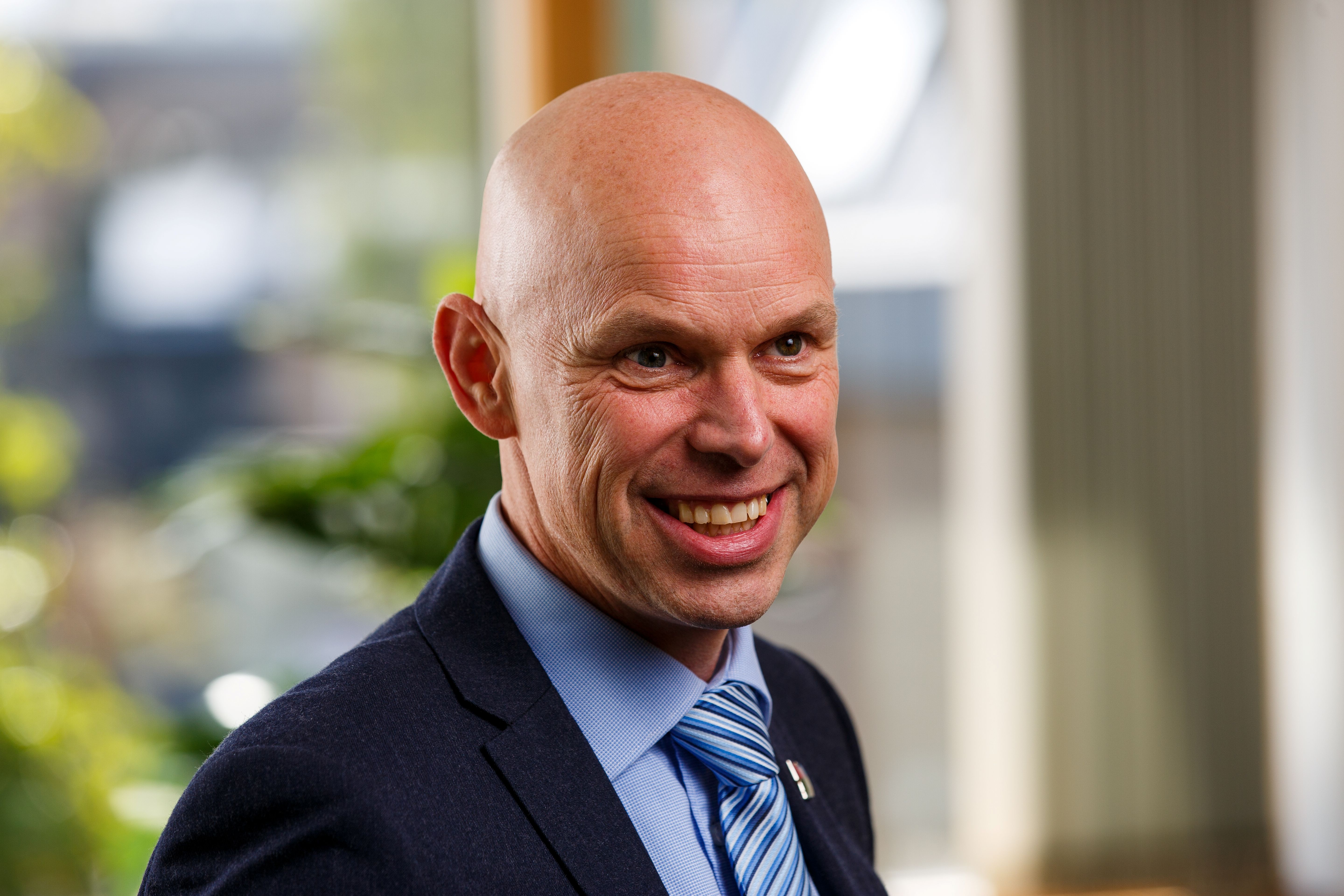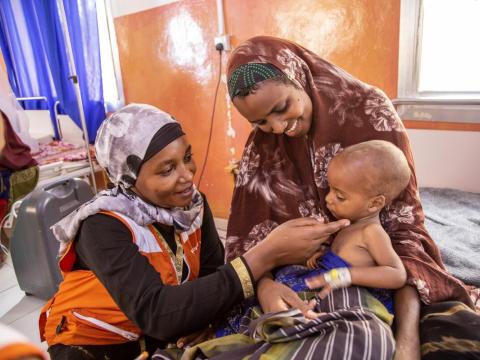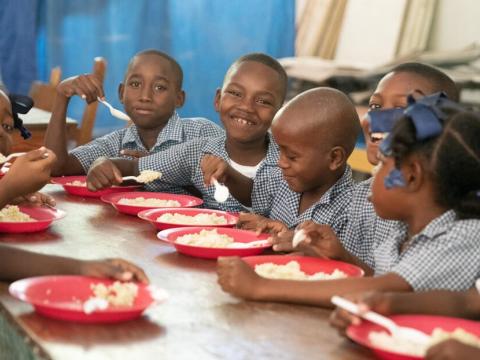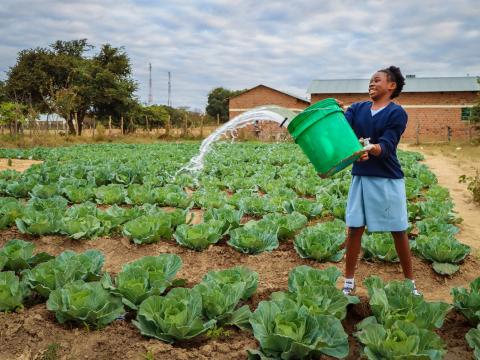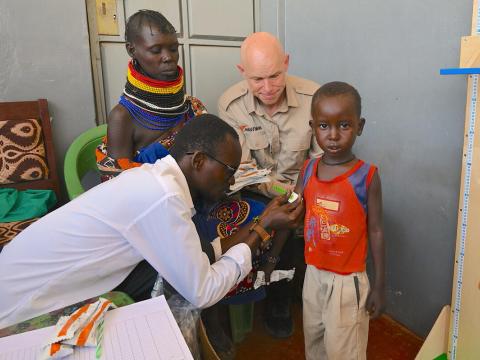
Hunger and Obesity: A frightening food see-saw
Andrew Morley, President and CEO of World Vision International, says the paradox of rising obesity and starvation on the continent of Africa shows how broken food systems really are.
Africa is often seen as the hub of hunger. It hosts eight of the ten hungriest countries in the world. And yet, obesity is a growing problem. In 2019, nearly a quarter of the world’s overweight children were in Africa. Though surprising, these paradoxical health problems are, however, not unique to that continent.
Hunger and obesity are found in most countries of the world, impoverished or not. In fact, these issues can co-exist in the same community and even household. When undernutrition and overnutrition results, it represents the “double burden of malnutrition.” Tragically, malnutrition is one of the leading causes of death for children.
According to future food security predictions, nearly 670 million people will go hungry in 2030. The number of people who are overweight or obese will rise to more than 4 billion (the majority of the global population) by 2035—and children and adolescents in low-income countries will be most at risk. The global financial cost of obesity will expand to $4 trillion annually by 2035.
I find these numbers frightening. They describe a hazardous imbalance in the world—a tension between too little and too much. And they speak of a failure to steward our resources well, so that food does what it is truly meant to do: nourish and sustain the body to support our well-being.
For the Sustainable Development Goal 2 (that aims to end all forms of hunger and malnutrition by 2030) to be achievable, we must first have a collective understanding of the root causes.
The common denominator for all forms of malnutrition is food systems that do not support all people with healthy, affordable and sustainable diets. Conflict breeds hunger because it displaces people, destroys assets and disrupts economic activities (look no further than the Democratic Republic of Congo, Somalia and Ukraine). Climate change, inequity and the economic downturn also play a role.
In contrast, easily accessible food doesn’t mean it’s always healthy for our bodies. The kind of food that is most harmful to our health—full of empty calories—is often the most heavily marketed, the most convenient and the cheapest. Obesity can also result from more sedentary lifestyles and undernutrition as a child, and people can experience both ends of the spectrum of malnutrition in their lifetime.
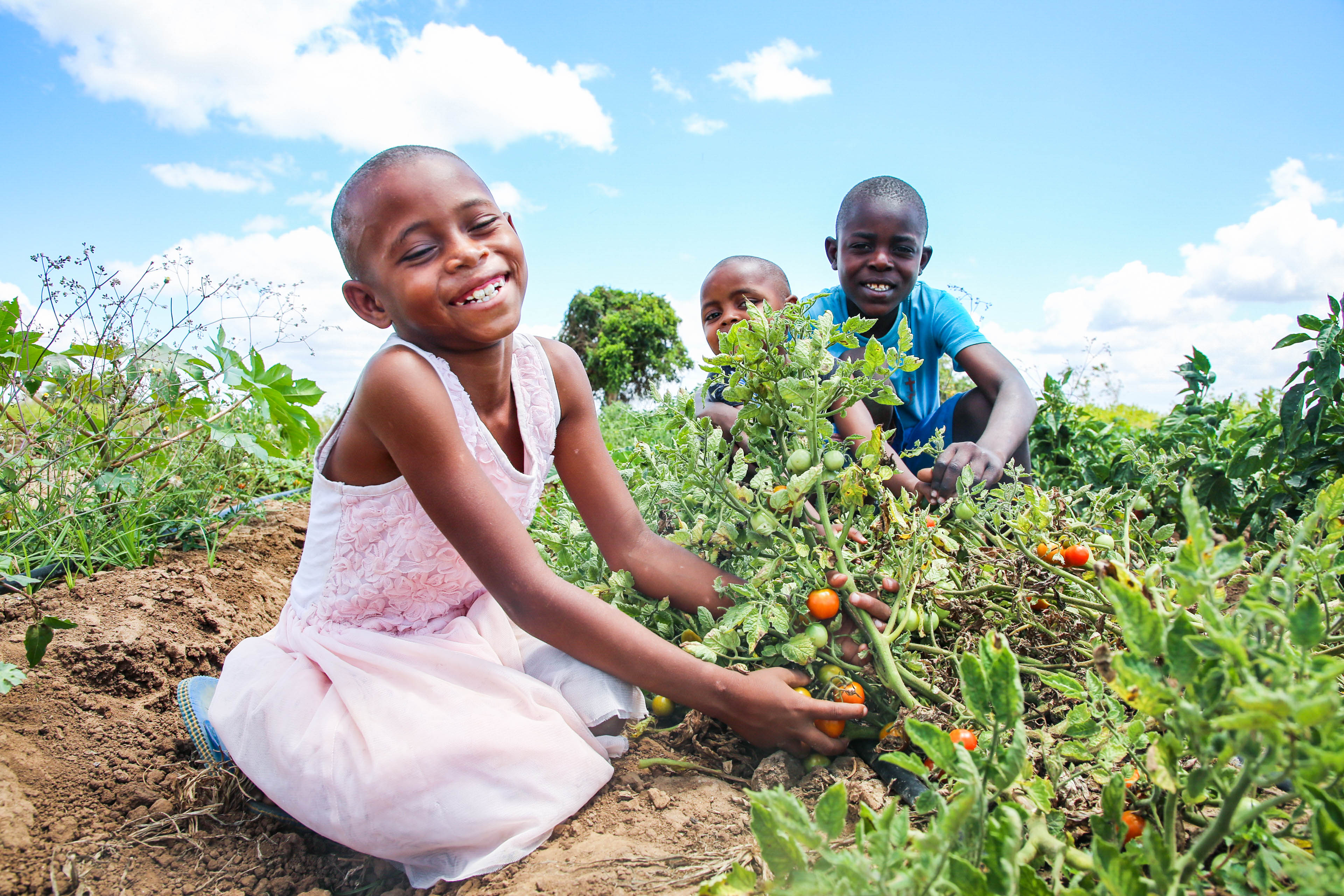
I am optimistic that the world can tackle hunger and obesity if we implement the right solutions at the macro and micro levels. To transform lives, especially for those most vulnerable, we must strengthen food systems to enable easy, regular access to a sufficient quantity and quality of food, and support families during crises and beyond. We need to:
- Invest funds to tackle hunger. According to the World Food Programme, we need $40 billion dollars per year to feed all of the world’s hungry people and end global hunger by 2030.
- Advocate for climate change mitigation measures. World Vision brought youth to COP27 to ensure their voices were heard by government leaders and featured our Farmer Managed Natural Regeneration approach that is regreening huge swaths of land.
- Provide a ‘safety net’ for those on the brink of starvation. World Vision’s Global Hunger Response has reached 20 million people with emergency health and nutrition services, cash assistance and more. As the largest implementing non-governmental partner of the World Food Programme, we get food to people quickly in emergencies.
- Tackle the root causes of malnutrition. World Vision encourages key health interventions like breastfeeding during the critical first 1,000 days of a child’s life. We also help families access clean water, sanitation and hygiene to prevent diarrhea, which affects the absorption of nutrients.
- Ensure equitable nutrition services. World Vision advocates for and builds capacity of frontline health systems to provide essential nutrition actions for the most vulnerable children.
- Improve the ability of families to afford good food during uncertain times. World Vision empowers communities to set up savings groups and helps low-income families to get microfinance loans to develop alternative sources of income.
- Encourage healthy lifestyles. World Vision helps families to grow their own food and diversify their diets, as well as learn how to cook more nutritious meals.
I have seen a child die from hunger—a child whose name and face I will never forget. I feel furious when I think about how his death was preventable! And I am saddened when I think about how some children may live shorter lives because of obesity.
But I am not without hope. I believe we can restore our food systems and end the hunger crisis. Hope is what World Vision’s work is built on, and it is our enduring prayer that all children be able to live out their God-given potential.
Learn more about World Vision's health and nutrition work here, and its food security in emergencies here
Andrew Morley has been President of World Vision International since February 2019, leading the organisation’s work across 100 countries with more than 34,000 staff.
